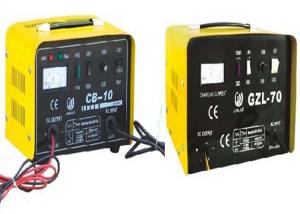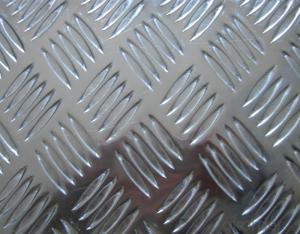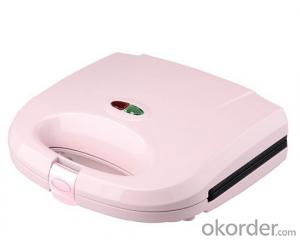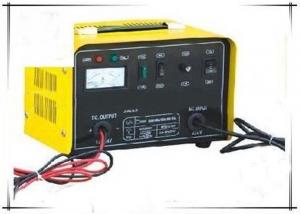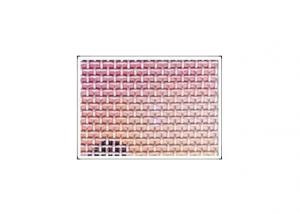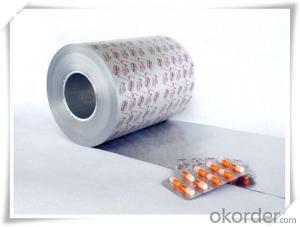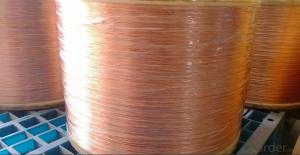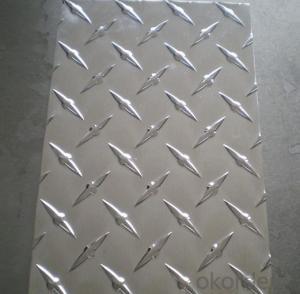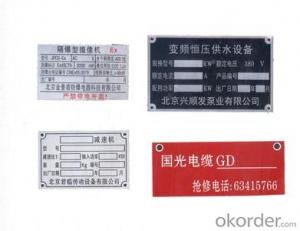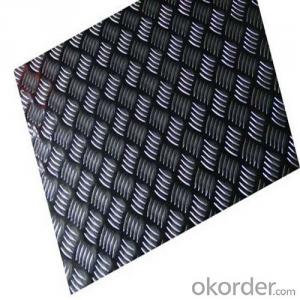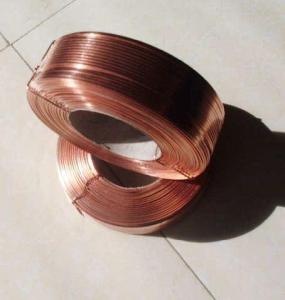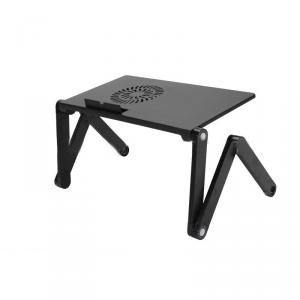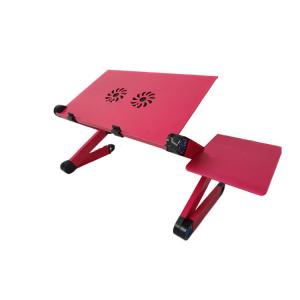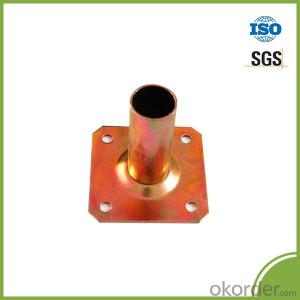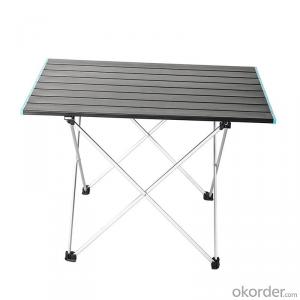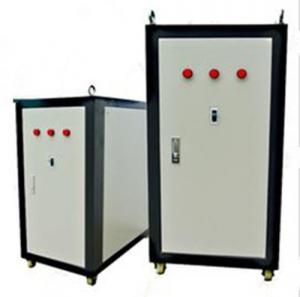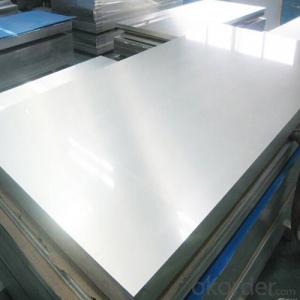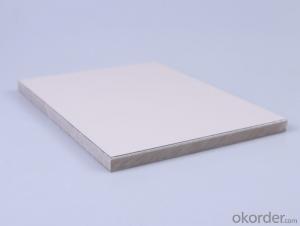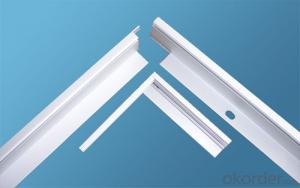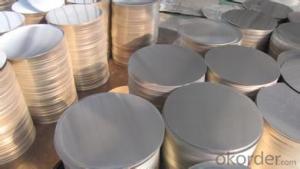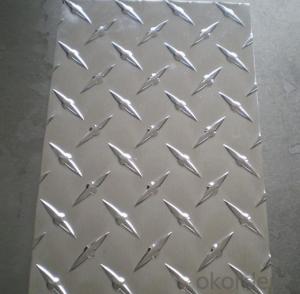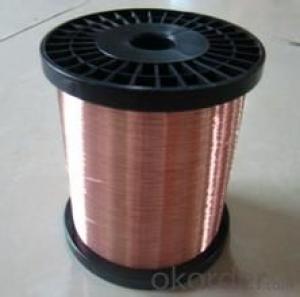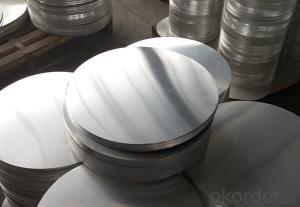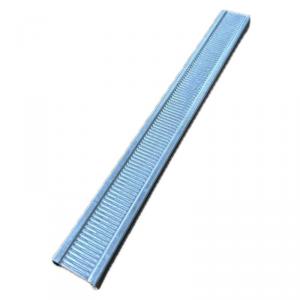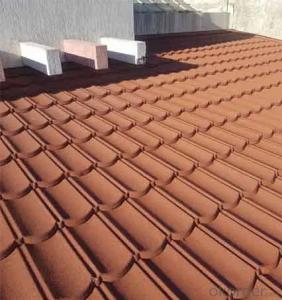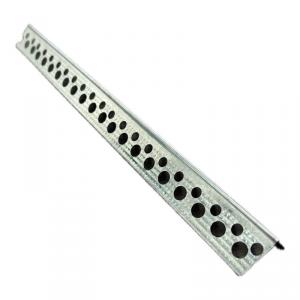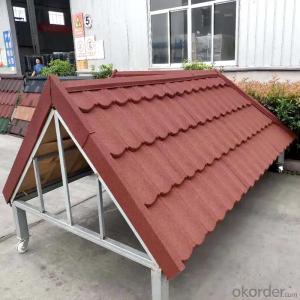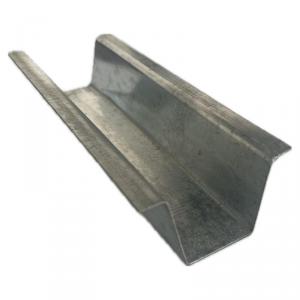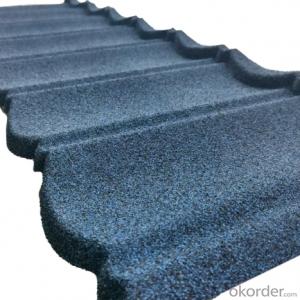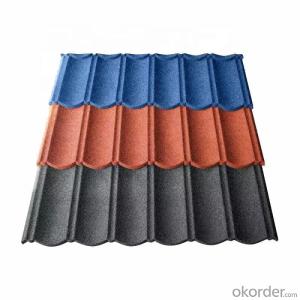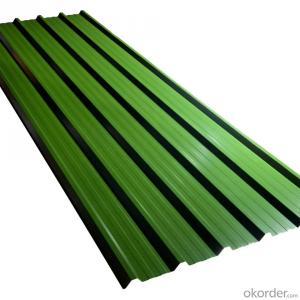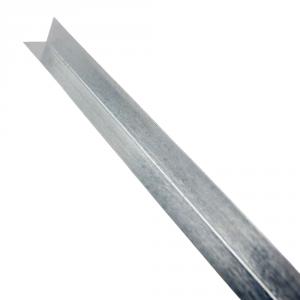Aluminum Charger Plate
Aluminum Charger Plate Related Searches
Aluminum Cover Plate Aluminum Wall Plate Aluminum Metal Plate Aluminum Mounting Plate Aluminum Paper Plate Aluminum Motor Plate Aluminum Router Plate Aluminum Lapping Plate Aluminum Push Plate Aluminum Heater Plate Aluminum Cooling Plate Aluminum Backing Plate Aluminum Ramp Plate Aluminum Checkered Plate Aluminum Floor Plate Aluminum Base Plate Aluminum Deck Plate Aluminum Profile Plate Aluminum Caul Plate Aluminum Thread Plate Aluminum Pressure Plate Aluminum Oxide Plate Aluminum Dock Plate Checker Plate Aluminum Aluminum Armor Plate Aluminum Joining Plate Aluminum Cast Plate Aluminum Cooking Plate Aluminum Hot Plate Aluminum Grill PlateAluminum Charger Plate Supplier & Manufacturer from China
Aluminum Charger Plate is a type of charger plate made from high-quality aluminum material, designed to provide a durable and elegant solution for various charging needs. These plates are known for their lightweight, corrosion resistance, and heat dissipation properties, making them ideal for use in a wide range of applications. In terms of usage, Aluminum Charger Plate finds its place in various settings, such as restaurants, hotels, and event venues, where it serves as a stable and stylish platform for charging electronic devices like smartphones and tablets. Its sleek design not only enhances the aesthetic appeal of the surrounding environment but also offers practical benefits, such as preventing devices from overheating and ensuring a secure charging experience.Okorder.com is a reputable wholesale supplier of Aluminum Charger Plate, boasting a vast inventory that caters to the diverse needs of customers worldwide. With a commitment to quality and customer satisfaction, Okorder.com ensures that each Aluminum Charger Plate is manufactured to meet the highest industry standards, providing users with a reliable and long-lasting product.
Hot Products





